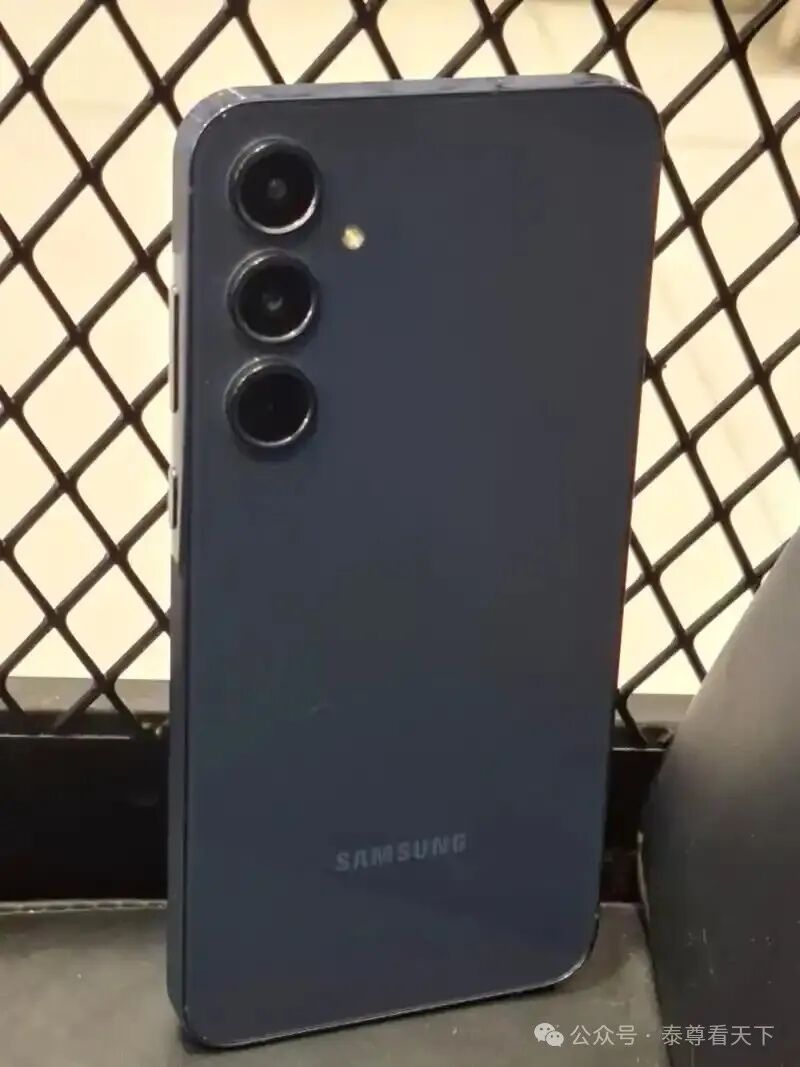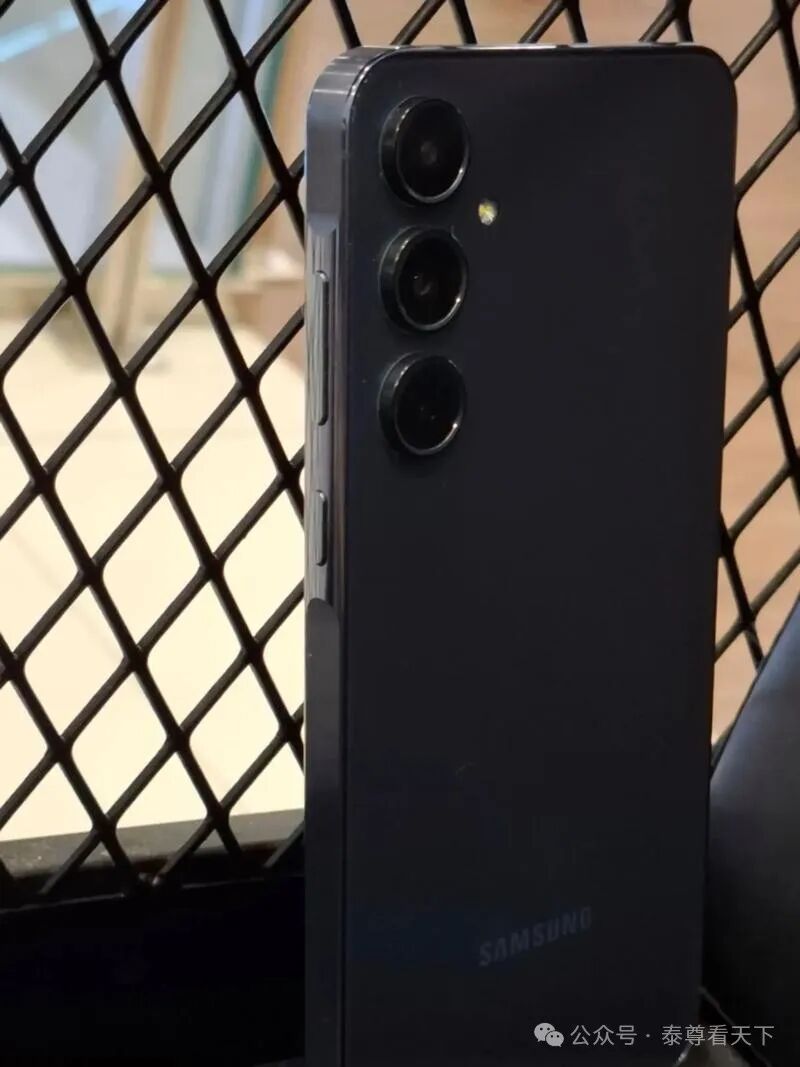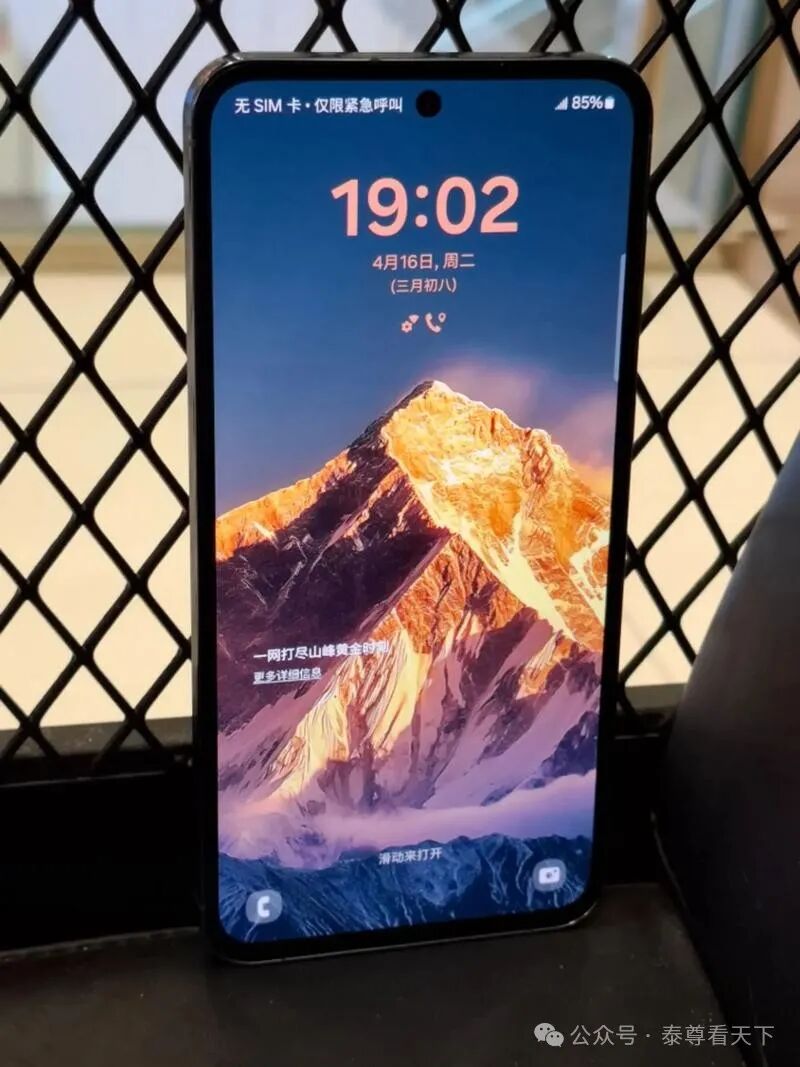The Samsung A55 is powered by the Exynos 1480 processor, which utilizes a 5nm manufacturing process. The CPU architecture consists of 1×2.75GHz Cortex-A78, 3×2.4GHz Cortex-A78, and 4×2.0GHz Cortex-A55, while the GPU is the Xclipse 530 (based on AMD’s RDNA2 architecture). In practical tests, the average frame rate in the ultra-high frame rate mode of “Honor of Kings” reached 118.6fps over 30 minutes, with a maximum device temperature of 41.2°C, which is 2.6°C lower than the Snapdragon 7 Gen3-equipped Redmi K80 (43.8°C). Its integrated cooling system employs a graphene + copper pipe composite heat dissipation method, achieving an average frame rate of 52.3fps in the Sumeru City scene of “Genshin Impact”. Although it does not match the Snapdragon 8s Gen3 models, its power consumption (5.8W) is better than that of the Realme Neo7 SE (6.1W), making it more suitable for casual gamers.
In terms of storage configuration, the 8GB + 256GB version supports a 1TB microSD card expansion, a feature that is rare among competitors. For instance, the Redmi K80, priced at 2499 yuan for its 256GB version, only supports UFS 3.1 flash storage. In contrast, the Samsung A55 features UFS 3.1 + FBO rejuvenation storage technology, which enhances the continuous write speed of 4K videos by 15% through a write accelerator, making it more appealing to Vlog creators.

The imaging system of the Samsung A55 adopts a classic combination of “main camera + ultra-wide + macro”. The 50MP main camera (F1.8 aperture, OIS optical stabilization) performs exceptionally well in low-light conditions. Comparative tests show that its 1/1.56-inch sensor reduces image noise by 47% in night mode through a multi-frame noise reduction algorithm, achieving a dynamic range improvement of 1.2EV over the Realme Neo7 SE’s IMX882 main camera (1/1.95-inch). When capturing urban night scenes, the A55’s AI multi-frame synthesis technology retains more details in the shadows, while competitors suffer from highlight clipping issues.
In terms of video recording, the A55 supports 4K 30fps VDIS + OIS dual stabilization, reducing image shake by 33% compared to the Redmi K80 during handheld shooting in motion scenes. Its “Director’s View” feature allows simultaneous use of the main camera, ultra-wide, and front camera for multi-angle previews, a function that has almost no competitors in the 2500-3000 yuan price range for short video creators.

The Samsung A55’s IP67 water resistance capability is a significant advantage in the mid-range market. Laboratory data shows that it can still function normally after being submerged in 1 meter of water for 30 minutes, while similarly priced competitors like the Redmi K80 and Realme Neo7 SE only support splash resistance. The use of Corning Gorilla Glass Victus+ results in a screen intact rate of 92% in drop tests from a height of 1.5 meters, an 18% improvement over competitors. This feature significantly reduces repair costs for outdoor workers or users prone to dropping their devices.
On the software side, One UI 6.1 is deeply customized based on Android 14, supporting 4 years of major version updates and 5 years of security patches, a commitment that even surpasses some domestic flagship models. For example, the “Circle and Search” feature allows users to long-press the screen to circle an object and trigger a Google search, improving efficiency by 50% in scenarios like price comparison and foreign language translation. Additionally, the Samsung Knox Vault security chip provides hardware-isolated storage for sensitive data such as fingerprints and passwords, offering greater security than software-level encryption found in competitors.

Compared to the Redmi K80 (starting at 2499 yuan), the Samsung A55 establishes differentiated advantages in three key areas: display, imaging, and water resistance. While the K80’s 2K flat screen has a higher pixel density, the A55’s 120Hz Super AMOLED display achieves a peak brightness of 1000 nits in strong light, providing better outdoor visibility. The Realme Neo7 SE (starting at 1799 yuan) is priced lower, but its plastic body and 18W fast charging fall short in terms of quality and battery anxiety compared to the A55.
In terms of software ecosystem, the Samsung DeX mode allows the phone to be projected as a desktop system, and when paired with the S Pen (sold separately), it enables light office work, a feature that has no direct competitors in the 2500 yuan price segment. For users seeking a “multi-purpose device”, the A55’s cross-device collaboration capabilities offer a flagship-like experience.

The pricing strategy of the Samsung Galaxy A55 accurately targets the “experience vacuum zone” in the mid-range market: its price of 2999 yuan is 10%-20% higher than domestic competitors, but it builds a difficult-to-quantify value barrier through features like IP67 water resistance, 4 years of system updates, and Samsung ecosystem collaboration. For users who prioritize durability, imaging experience, and long-term system support, the A55 is undoubtedly a “hexagonal warrior” in the mid-range market of 2025. However, for those with a limited budget who focus on absolute performance, the Redmi K80 with its Snapdragon 8s Gen3 and 2K display remains a high-cost performance option. This competition reflects the eternal balance consumers seek between “all-around experience” and “parameter cost-effectiveness”.